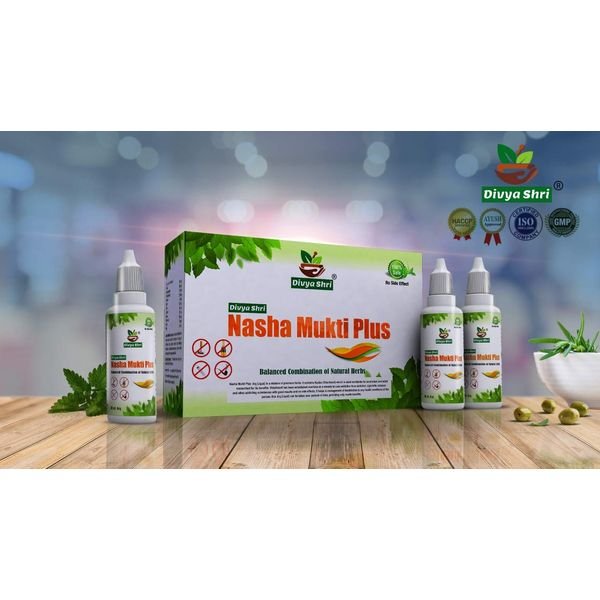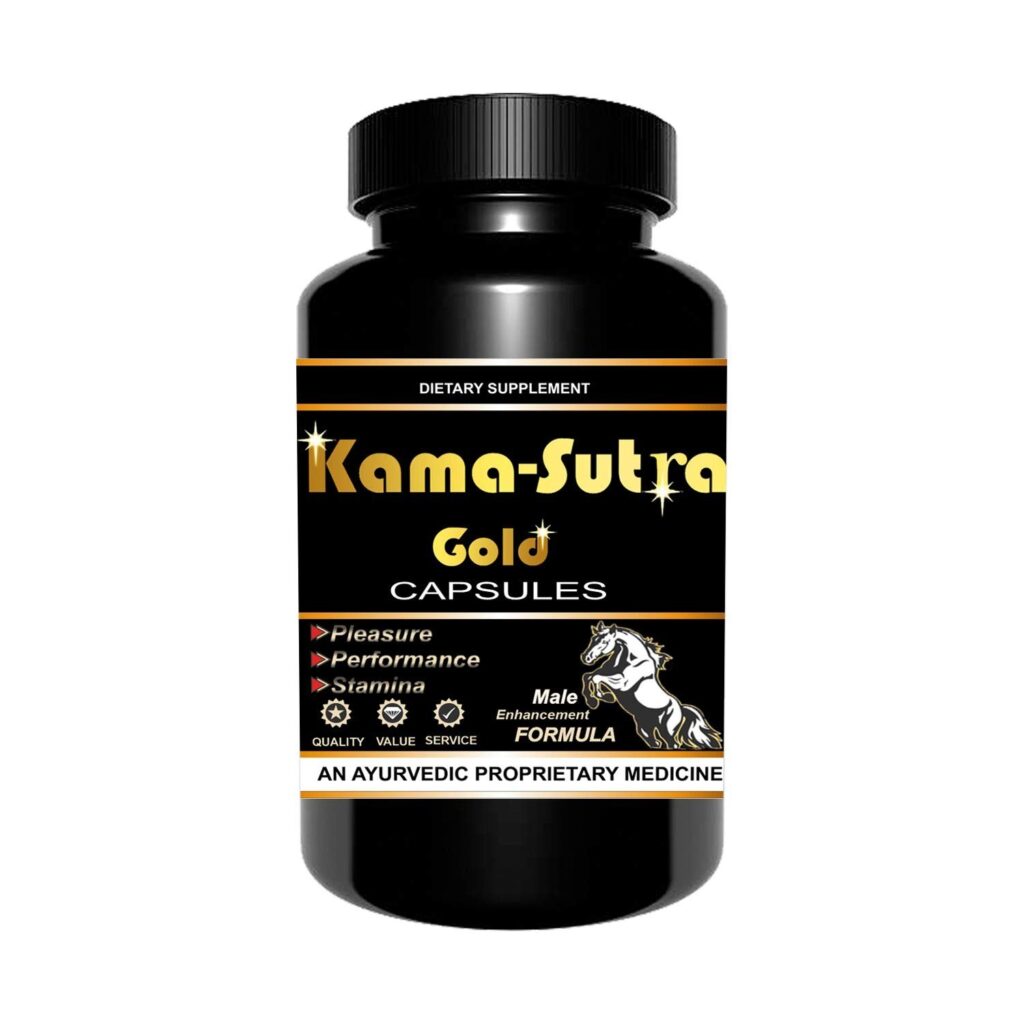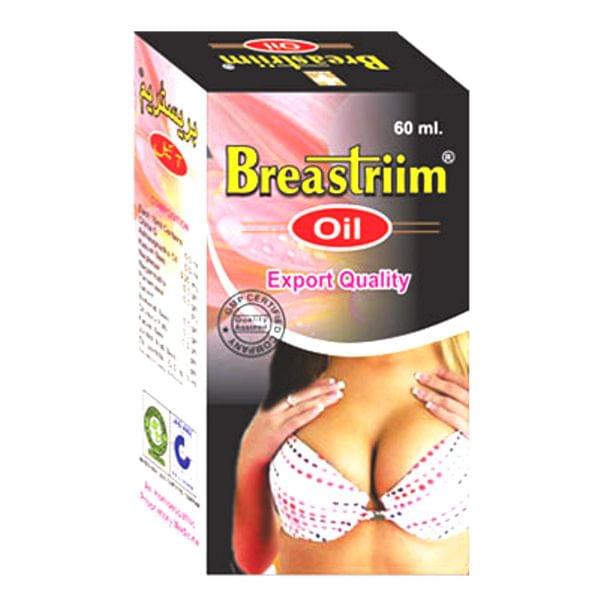The advent of silicon condoms signifies a pivotal shift in the intimate protection industry, blending cutting-edge material science with consumer health and environmental concerns. As we delve into the world of silicon-based intimate protection, we explore the technological innovations driving this change, the market dynamics shaping consumer preferences, and the broader implications for sustainability and ethical practices. This article aims to shed light on the multifaceted rise of silicon condoms, offering a comprehensive overview of the challenges and opportunities that lie ahead in this evolving market.
Key Takeaways
- Silicon condoms represent a significant innovation in intimate protection, offering a hypoallergenic and durable alternative to traditional latex.
- Advancements in material science and manufacturing processes have enabled the production of silicon condoms with enhanced quality control and durability.
- Consumer acceptance of silicon condoms is influenced by shifting preferences and the persuasive power of social media and influencer marketing.
- Silicon condoms have a unique environmental profile, presenting eco-friendly attributes as well as challenges in recycling and disposal.
- The rise of silicon condoms is subject to ethical and legal scrutiny, emphasizing the importance of regulatory compliance and responsible marketing.
Understanding Silicon Condoms
Defining Silicon-Based Intimate Protection
Silicon condoms represent a novel category in intimate protection, offering a unique alternative to traditional materials. Silicon-based condoms are designed to provide a safe and comfortable experience, utilizing the inherent properties of silicon to enhance durability and sensation.
Silicon, known for its flexibility and heat resistance, is now being harnessed in the production of condoms. This material is not only hypoallergenic but also capable of withstanding a wide range of temperatures, making it suitable for various environments and preferences.
The use of silicon in intimate protection is a response to the demand for products that are both reliable and sensitive to the body’s needs.
While silicon condoms are still a new concept to many, their adoption is growing due to their potential health and safety benefits. These include reduced risk of allergic reactions and a more natural feel that closely mimics human lubrication, leading to a more comfortable and pleasurable experience.
Comparing Silicon to Traditional Latex
When it comes to intimate protection, the materials used are crucial for both comfort and effectiveness. Silicon condoms offer a distinct alternative to traditional latex options, with unique properties that cater to different preferences and needs.
Silicon, known for its hypoallergenic qualities, stands out as a viable option for individuals with latex allergies. Moreover, silicon’s thermal conductivity provides a more natural sensation, which is often praised by users.
The durability and flexibility of silicon are also superior, allowing for a thinner product that maintains strength during use.
Here’s a quick comparison of the two materials:
- Latex Condoms: Elastic, cost-effective, widely available.
- Silicon Condoms: Hypoallergenic, durable, enhanced sensation.
While latex has been the standard for many years, the rise of silicon condoms reflects a growing demand for alternatives that prioritize user experience and safety.
Health and Safety Benefits
Silicon condoms offer a significant advantage for individuals with latex allergies, providing a safe alternative that minimizes the risk of allergic reactions. The hypoallergenic nature of silicon-based intimate protection is a cornerstone of its health benefits.
Silicon condoms are also known for their superior heat transfer properties, which can enhance sensitivity and intimacy during use. This feature, coupled with the material’s durability, ensures a reliable and comfortable experience.
- Enhanced comfort and reduced risk of breakage
- Better heat conductivity for increased sensitivity
- Non-porous surface reduces bacterial buildup
The long shelf life of silicon condoms adds to their safety profile, ensuring that protection is available when needed without the concern of material degradation over time.
Technological Advancements in Silicon Condom Production
Innovations in Material Science
The development of silicon condoms represents a significant leap forward in material science. Silicon’s hypoallergenic properties make it an ideal candidate for those with latex allergies, offering a safer alternative without compromising on strength or flexibility. The material’s adaptability has led to enhancements in texture and sensitivity, closely mimicking natural skin-to-skin contact.
Advances in polymer chemistry have enabled the creation of silicones that are not only durable but also extremely thin, providing an almost imperceptible barrier. This has been achieved through the precise manipulation of molecular structures, resulting in a product that is both robust and comfortable.
The integration of nanotechnology has further refined the tactile experience, ensuring that intimacy is enhanced rather than diminished by the presence of the condom.
The table below summarizes the key properties of silicon compared to traditional materials:
| Property | Silicon | Latex | Polyurethane |
|---|---|---|---|
| Allergenic Potential | Low | High | Moderate |
| Tensile Strength | High | High | Moderate |
| Sensitivity | High | Moderate | High |
Consumer feedback has been overwhelmingly positive, with many noting the seamless experience and increased pleasure. As the industry continues to innovate, we can expect even more breakthroughs in the realm of intimate protection.
Manufacturing Processes
The production of silicon condoms represents a significant departure from traditional latex manufacturing methods. Innovative techniques have been developed to ensure that these products meet the high standards required for intimate protection. One of the key materials used in this process is Polydimethylsiloxane (PDMS), known for its flexibility and durability.
- Selection of raw materials
- Mixing and curing of silicon polymers
- Molding and shaping
- Post-curing processes
- Final inspections and packaging
The curing process of silicon polymers, particularly PDMS, is critical to the final product’s quality. Unlike latex, which cures relatively quickly, silicon requires a more delicate and prolonged curing period. This slow curing is a side-effect of the material’s unique properties, which ultimately contribute to the condom’s performance and safety.
The meticulous attention to detail in the silicon condom manufacturing process ensures a product that is not only safe and reliable but also provides a superior experience for the user.
Quality Control and Durability
The production of silicon condoms has set new standards in quality control and durability within the intimate protection industry. Manufacturers are now employing advanced testing methods to ensure that each product meets stringent safety and performance criteria before reaching the consumer.
- Visual inspection for defects
- Tensile strength testing
- Leak and burst assessments
The emphasis on durability not only extends the product’s usable life but also enhances consumer trust in silicon-based protection. With a focus on long-term reliability, these condoms are becoming a preferred choice for those seeking both safety and sustainability.
The integration of innovative technology and materials in the production process has led to the development of what some refer to as ‘Dragon condoms‘, a term that signifies their robustness and effectiveness in preventing STIs and pregnancies. This evolution in condom technology not only impacts society positively but also promises a more sustainable future for intimate protection.
Consumer Acceptance and Market Trends
Shifting Consumer Preferences
The intimate protection industry is witnessing a significant shift in consumer preferences, with a growing number of individuals opting for alternatives to traditional latex products. Silicon condoms are at the forefront of this change, offering a novel experience that aligns with the modern consumer’s values and needs.
Silicon condoms are not only seen as a high-tech novelty but also as a lifestyle choice that reflects personal health consciousness and eco-awareness. The following points highlight key aspects of this shift:
- Increased awareness of latex allergies and sensitivities
- Desire for enhanced sensory experience
- Demand for vegan and cruelty-free products
- Preference for environmentally sustainable options
The market’s response to silicon condoms suggests a deep-rooted change in how individuals approach intimate protection, prioritizing personal well-being and environmental responsibility over traditional choices.
Market Analysis and Growth Projections
The market for intimate protection is witnessing a significant shift with the introduction of silicon condoms. Market projections indicate a robust growth trajectory, with the sexual wellness industry expanding to meet evolving consumer demands. The anticipated compound annual growth rate (CAGR) is a testament to the sector’s vitality and potential for innovation.
| Year | Market Size (US$ million) | CAGR |
|---|---|---|
| 2022 | 53461.62 | – |
| 2030 | 94154.77 | 7.3% |
Consumer trends suggest a growing awareness and openness towards sexual health products, which is reflected in the increasing market size. The rise of e-commerce platforms has further facilitated the accessibility and discreet purchase of such products, contributing to the market’s expansion.
The integration of technology and user feedback is shaping the future of intimate protection, with silicon condoms at the forefront of this evolution.
Impact of Social Media and Influencer Marketing
The influence of social media on the intimate protection industry cannot be overstated. Platforms like Instagram and TikTok have become battlegrounds where brands vie for the attention of potential customers. Influencers, with their large followings, have played a pivotal role in shaping consumer perceptions and driving the popularity of silicon condoms.
- Influencers often share personal testimonials, which resonate with their audience.
- Creative and engaging content around silicon condoms helps in educating the public about their benefits.
- Strategic partnerships between brands and influencers can lead to targeted campaigns that reach specific demographics.
The synergy between innovative products like silicon condoms and influencer marketing strategies has led to a dynamic shift in how consumers discover and engage with intimate protection options.
The effectiveness of these marketing efforts is reflected in the increased online conversations and hashtag campaigns that directly contribute to a brand’s visibility and sales. As the market for silicon condoms grows, so does the importance of a savvy social media presence.
Environmental Impact and Sustainability
Eco-Friendly Aspects of Silicon Condoms
Silicon condoms are emerging as a sustainable alternative in the intimate protection industry. Their production process generates less waste compared to traditional latex condoms, making them a more eco-conscious choice for consumers.
Silicon, being a highly durable material, also contributes to the longevity of the product. This means that consumers may use them more than once, reducing the frequency of purchase and, consequently, the environmental footprint associated with manufacturing and disposal.
The reusability of silicon condoms aligns with the growing demand for eco-friendly products that do not compromise on quality or safety.
While the benefits are clear, it is important to consider the full life cycle of these products to ensure that their environmental impact is truly minimized. Efforts are being made to address the end-of-life stage of silicon condoms, focusing on recycling and safe disposal methods.
Life Cycle Assessment
The Life Cycle Assessment (LCA) of silicon condoms provides a comprehensive analysis of their environmental impact from production to disposal. Silicon condoms stand out for their potential in reducing waste, given their durability and the possibility of reuse. However, the assessment also brings to light the energy-intensive manufacturing process and the challenges associated with recycling silicone material.
- Production: High energy requirements and raw material extraction
- Use: Reduced frequency of replacement due to durability
- End-of-life: Complexities in recycling silicone products
The LCA approach underscores the importance of considering the full environmental footprint of intimate protection products, not just the end-of-life stage. It is crucial to balance the benefits of innovation with the responsibilities of sustainable practices.
The rise of reusable condoms, as indicated on a website page, is a testament to the growing consumer awareness and the shift towards more sustainable options. This trend underscores the need for continued education and awareness to navigate the benefits and challenges of such alternatives.
Recycling and Disposal Challenges
The introduction of silicon condoms has brought about a significant shift in the intimate protection industry. However, the environmental aspect of these products, particularly their end-of-life disposal, poses unique challenges. Silicon, unlike latex, is not biodegradable, making the recycling process more complex and less straightforward.
Recycling silicon products requires specialized facilities that can handle the material’s durability and non-biodegradable nature. The following points outline the main concerns:
- Identification and separation of silicon from other waste materials.
- The need for high-temperature processes to break down silicon.
- Limited recycling centers equipped to process silicon-based products.
The lifecycle of silicon condoms extends beyond use, and the industry must address the disposal issue to maintain environmental integrity.
The lack of widespread infrastructure for silicon recycling means that many of these products end up in landfills, contributing to long-term waste accumulation. It is imperative for manufacturers and environmental agencies to collaborate on creating viable solutions for the recycling and disposal of silicon condoms.
Ethical and Legal Considerations
Regulatory Compliance for Silicon Condoms
Ensuring that silicon condoms meet regulatory standards is crucial for both consumer safety and legal marketability. Manufacturers must navigate a complex landscape of international and national regulations to ensure their products are compliant. These standards often pertain to material safety, product effectiveness, and labeling requirements.
Silicon condoms, like all intimate protection products, are subject to stringent scrutiny. In the United States, for example, the Food and Drug Administration (FDA) classifies condoms as Class II medical devices, which requires a premarket notification, commonly known as a 510(k). This process involves demonstrating that the new condom is substantially equivalent to one already legally on the market.
- Compliance with ISO 4074:2015, which specifies requirements and test methods for male condoms made from rubber latex.
- Adherence to the Conformit\u00e9 Europ\u00e9enne (CE) marking, indicating conformity with health, safety, and environmental protection standards for products sold within the European Economic Area (EEA).
- Meeting the standards set by the International Organization for Standardization (ISO) for quality management systems (ISO 9001).
The challenge for innovators in the silicon condom market is not just to create a product that meets consumer needs but also to rigorously ensure that it aligns with the myriad of regulatory requirements across different jurisdictions.
Ethical Marketing in Intimate Protection
In the realm of intimate protection, ethical marketing is paramount. Companies must navigate the fine line between informative advertising and respecting consumer sensitivities. Transparency in product composition, safety features, and effectiveness is essential to foster trust and credibility.
Silicon condoms represent a significant shift from traditional materials, and as such, require a marketing approach that educates consumers without exploiting their concerns. The following points outline key ethical marketing practices:
- Ensuring accuracy in marketing claims to prevent misinformation.
- Avoiding sensationalism that may lead to public discomfort or fear.
- Respecting privacy by not leveraging intimate details for promotional purposes.
It is crucial for companies to commit to these ethical standards to maintain a respectful dialogue with their audience and uphold the dignity of the consumer experience.
Furthermore, the marketing of silicon condoms should be inclusive, catering to a diverse consumer base without discrimination. This inclusivity not only broadens market reach but also reinforces the message of sexual health as a universal concern.
Privacy and Data Security in Consumer Feedback
In the age of digital transformation, the intimate protection industry is not immune to concerns surrounding data privacy and security. Companies collecting consumer feedback on silicon condoms must navigate a complex landscape of regulatory compliance to protect sensitive user information.
- Ensure encryption of consumer data
- Implement strict access controls
- Regularly update privacy policies
- Conduct periodic security audits
The responsibility to safeguard consumer feedback extends beyond legal requirements; it is a matter of trust and ethical practice.
As marketers in the intimate protection sector adapt to these challenges, resources such as ‘Data Privacy and Compliance for Marketers: A Complete Guide’ become invaluable. These guides provide insights into maintaining consumer trust while handling feedback on products like silicon condoms.
Navigating the complex landscape of ethical and legal considerations in health and wellness can be daunting. It’s crucial to stay informed and compliant with the latest regulations while ensuring that your practices align with ethical standards. To support your journey towards ethical excellence and legal compliance, visit our website for a comprehensive range of authentic Ayurvedic remedies, wellness products, and insightful articles. Take the first step towards a balanced and harmonious approach to health by exploring our resources today.
Conclusion
The advent of silicone condoms represents a significant leap forward in the realm of intimate protection. Not only do they offer a durable, hypoallergenic alternative to traditional latex products, but they also promise enhanced sensation and longevity, potentially revolutionizing the industry. As we continue to prioritize sexual health and personal comfort, the rise of silicone condoms is a testament to the power of innovation in meeting the evolving needs of consumers. It is a reminder that through continuous research and development, we can overcome limitations and create products that not only serve their purpose but also improve the quality of intimate experiences.
Frequently Asked Questions
What are silicon condoms and how do they differ from traditional condoms?
Silicon condoms are a type of intimate protection made from silicone, a synthetic material known for its durability and flexibility. Unlike traditional latex condoms, silicon condoms are hypoallergenic and may offer a different feel and level of sensitivity.
Are silicon condoms safer or healthier than latex condoms?
Silicon condoms can be a safer option for individuals with latex allergies and may also provide enhanced comfort and performance. However, both types of condoms, when used correctly, are effective in preventing pregnancy and sexually transmitted infections.
What technological advancements have been made in the production of silicon condoms?
Advancements include improvements in material science that enhance the physical properties of silicone, more efficient manufacturing processes that increase production rates and lower costs, and better quality control measures to ensure the reliability of every condom produced.
How have consumer preferences shifted towards silicon condoms?
Consumers are increasingly seeking out silicon condoms for their hypoallergenic properties, long shelf-life, and potentially more natural feel. Market trends also indicate a growing awareness and preference for products that cater to sensitive skin or allergies.
What are the environmental benefits of using silicon condoms?
Silicon condoms may offer environmental benefits such as being longer-lasting, reducing waste from frequent disposal. However, challenges remain in terms of recycling and the overall life cycle assessment of these products.
What are the ethical and legal considerations for manufacturers of silicon condoms?
Manufacturers must comply with stringent regulatory standards to ensure the safety and efficacy of silicon condoms. Ethical marketing practices are crucial in the intimate protection industry, and companies must also be vigilant about protecting consumer privacy and data security.











